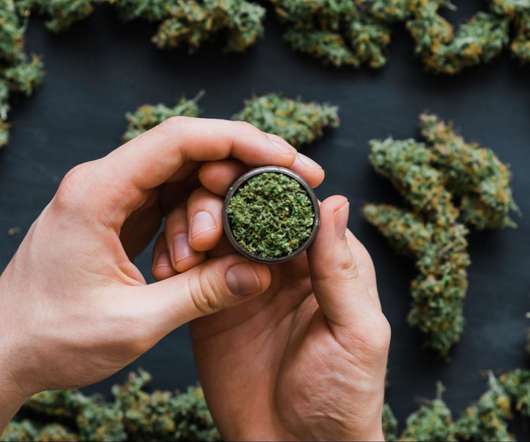AAFP ( American Academy of Family Physicians) Releases Marijuana, Cannabinoids Position Paper
Cannabis Law Report
SEPTEMBER 23, 2019
33 Adults and adolescents may experience increased blood pressure and respiratory rates, red eyes, dry mouth, increased appetite, and slurred speech. 5 In 1970, the DEA classified marijuana as a Schedule I drug, which is defined as a drug with no current acceptable medical use and a high potential for abuse. J Epilepsy Res.











Let's personalize your content